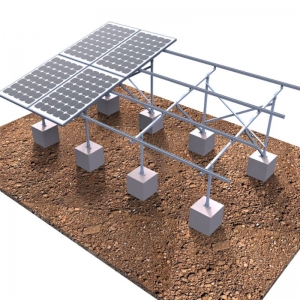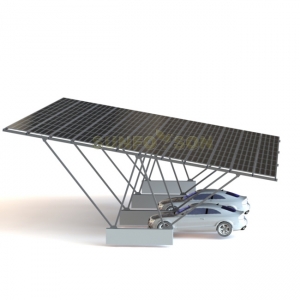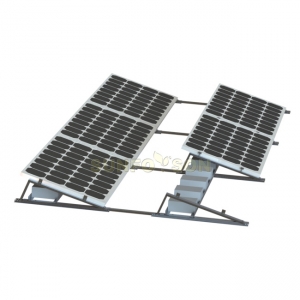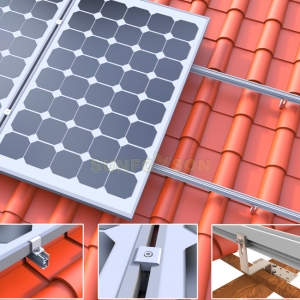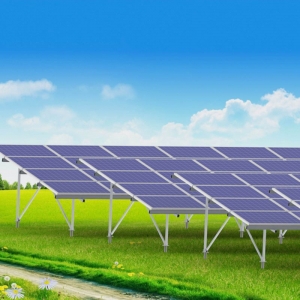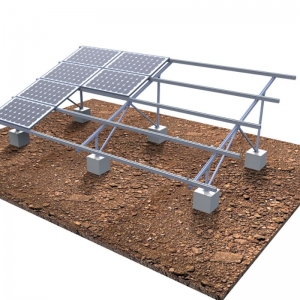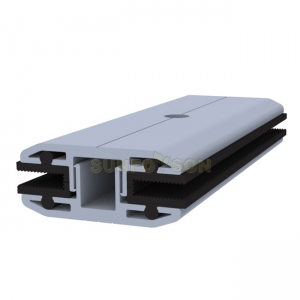South Korea's 2030 renewable energy installed target 63.8GW photovoltaics accounted for 63%
South Korea's domestic resources are extremely scarce, and almost all energy needs are dependent on imports to solve. On December 20, 2017, South Korea announced its 2030 renewable energy plan, which plans to increase the proportion of renewable energy from 7% today to 20% in 2030, with the goal of achieving 63.8 GW of renewable capacity by 2030. Energy is installed, and the current figure is only 15.1GW.
In the future, 63% of new renewable energy installed capacity is photovoltaic, and 34% is wind power. Based on this plan, the Korean government will invest 110 trillion won (about 670 billion yuan) in the next 10 years to develop renewable sources.
In South Korea, FIT was terminated in 2011. Since 2012, RPS has replaced the original FIT. Driven by the RPS solution, South Korea's PV installations have leapfrogged (RPS-based installations accounted for 73% of total installed capacity).
As of the end of 2016, the cumulative installed capacity of photovoltaics in Korea was 4.502GW, and the installed capacity in 2017 was 1.121GW.
RPS solution
The RPS scheme is to force the power generation company to provide a certain proportion of new energy and renewable energy in the total power generation, which was implemented in South Korea in 2012. In 2017, 18 power generation companies (with an installed capacity of more than 500 MW) were required to supply 10% of new and renewable energy sources by 2023. The RPS program is expected to promote the development of the photovoltaic industry in the next few years.
Family subsidy program
Since the implementation of the program in 2004, rooftop photovoltaics can benefit from it. For single-family homes or multi-family private apartment buildings, the government provides 60% of the initial PV installation costs, while for public multi-family rental houses, the government provides 100% PV installation costs.
The program requires that the maximum installed capacity of photovoltaics not exceed 3 kW. In 2017, 23.3 MW of PV was installed based on the program.
Building subsidy program
In addition to residential roofs, the government also provides a certain percentage of subsidies (depending on the type of building) on the roof-mounted PV (<50 kW) of the building. A large number of schools, public facilities, welfare facilities and universities have installed grid-connected photovoltaic power plants under the subsidy of this program. In 2017, a total of 6.5MW of photovoltaic projects were added.
In addition, South Korea also has the Regional Deployment subsidy program, the Convergence and Integration subsidy program, the Public BuildingObligation program and the photovoltaic leasing program, which have promoted the development of the photovoltaic industry to varying degrees.
Sunforson provide full set of solar mounting bracket system. Welcome to contact us at info@sunforson.com for an offer if you have any project involved in now or future.












